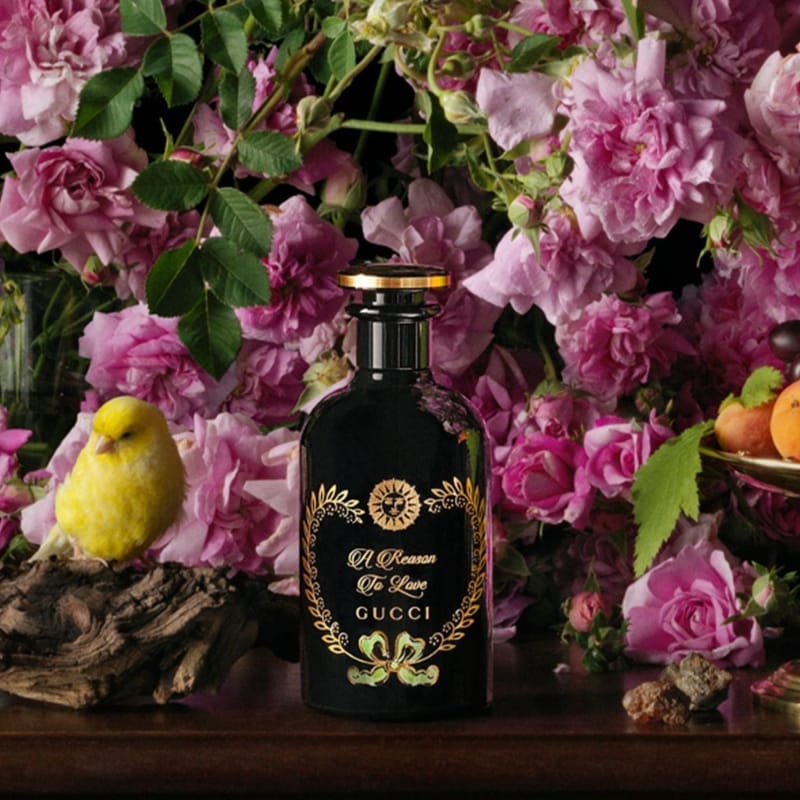
Art often imitates life but in the olfactory arena, designer perfumes have long been reflecting the codes of a House in its waters.
What happens when a fashion House captures lightning in a bottle? More specifically, what sound arises from the spark? The boom clap of a cash register certainly rings with designer perfumes, and the thunderous cacophony of footfall is guaranteed, but electricity energises the idea of what a perfumer (or, as some Houses would say, the nose) has set out to do with a launch; giving intangible things a physical form.
The grandiose gestures that are unique to a House (arms akimbo or hands hanging louche in pockets) or the kaleidoscopic colours from yore and the now that inform a visual identity, sinuous or slim shapes could also be a point of reference for a perfumer that translates itself into marketing notes but to make a fragrance that is for lack of a better word, “fashion”, requires a way of thinking that is both rigorous and rudimental.

Coco Chanel first succinctly summarised a fragrance from a fashion House and its appeal, “It is the basic, unforgettable, unseen fashion accessory, the one that heralds your arrival and prolongs your departure.” One needs to gander that despite its grandiosity, Coco Chanel herself was aware of its commerciality. Despite analysts dolefully labelling them as entry-level products, a fragrance is a totem of cache and chic, never mind its price as compared to a House’s bigger items.
The first designer to recognise this glamorous movement was Paul Poiret and his line Les Parfums de Rosine, established in 1911 and dedicated to his eldest daughter Rosine. Inspired by the exotic and oriental flowers that blossomed in his studio, he launched the line with what is widely considered the first example of a fashion fragrance activation; an exclusive party where guests had to mask up like the odalisques of Shahrazād. To be seen was to be in vogue, and to use Les Parfums de Rosine was to be society’s chieftains and high priestesses.

Come 1947, Christian Dior elevated the expression of designer perfumes by tying the House’s first fragrance, Miss Dior, with his New Look. Amidst the dark and dull climate of World War II, Dior sought to create a fragrance that “tasted like love” to celebrate his show; a way of paying tribute to his sister Catherine Dior, a French resistance fighter.
Love triumphs over all, and this concept of bottling L’air du temp — the founding principles of a House like beauty, romance, and fantasy meets commercial concerns like its position in the place of its time — meant that Christian Dior himself could ensure Miss Dior’s success which he did. The line has 36 versions past and present.
While successes have perfumed the air in recent times without straying too far from the original mode of messaging designed by Poiret, the teen spirit of Calvin Klein One unleashed an array of hedonistic parties. The carnal headiness of 1 Million by Paco Rabanne, frequently worn by men in clubs, was proof enough of its meaning. The bare-chested machismo of Dolce&Gabbana The One riddles beaches to boardrooms; a new crop of fashion fragrances are now making their mark on the timeline of the Houses they reside within by telling stories in their aromatic way.

Burberry Hero Eau de Parfum suggests a British elegance that is anything but extraneous, while Gucci’s A Reason to Love reflects the inclusivity brought about by Alessandro Michele. One might notice, too, that its bottle has floral patterns that bloom on the House’s furniture, clothing, and store motifs.

Celine’s Bois Dormant, Chanel’s Sycomore, and Louis Vuitton’s Fleur Du Désert, however, require one to have a particular fashion pedigree to understand its concept: a tribute to the classic English double-breasted tweed jacket, the gold threads weaved by the members of Lesage, and a reference to the flowers frequently seen on the runway respectively.

If one wants something clear-cut in concept, consider Dior Gris Dior or Hermès Terre d’Hermès Eau Givree instead. The former references the House’s iconic use of grey, and the latter, is what the brand has been doing since its inception; inspiring travels.
Once you’re done with this story, click here to catch up with our November 2022 issue!







